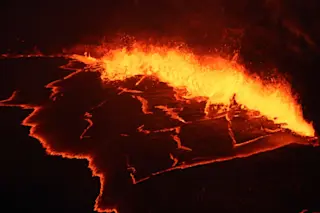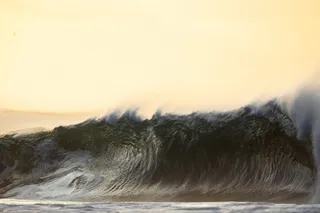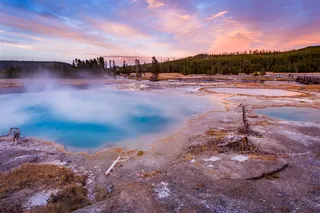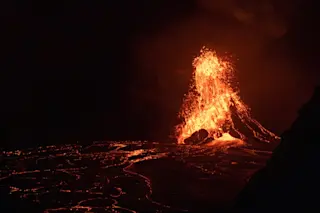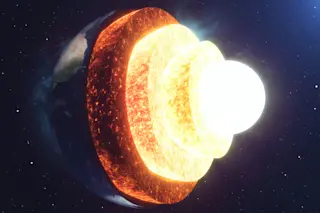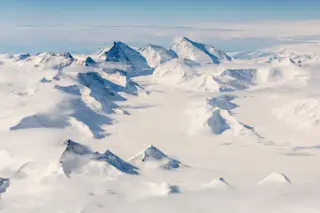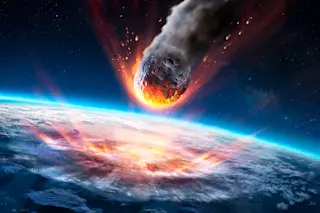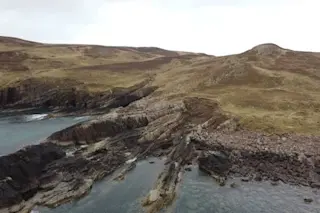The spattering surface of the lava lake in the Halema'uma'u crater at Kilauea. HVO/USGS The ballots are in and the votes have been counted. Time to count down to the winner of the 2017 Pliny Award for Volcanic Event of the Year. Last year's champion was Bogoslof in Alaska and its activity continued into 2017, so can we have our first back-to-back champion or did another volcano's rumblings take the crown? First, some honorable mentions from the voting (which was done with 10 points for every 1st place vote, 5 points for 2nd place and 1 for 3rd place).
Örœfajökull, Iceland
: for making a lot of noise, but never actually erupting.
New England "magma blob": not really a blob of magma, but rather hot mantle ... and millions of years away from anything close to an eruption.
Ambae, Vanuatu
: one of the biggest evacuations of the year, but ...


